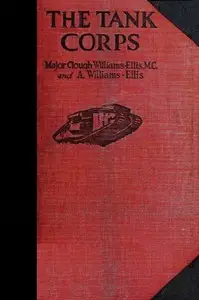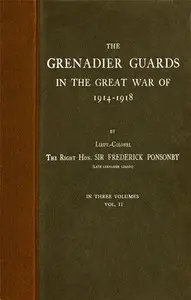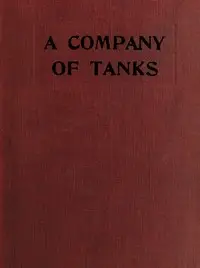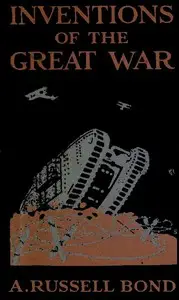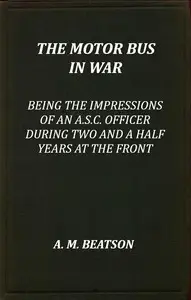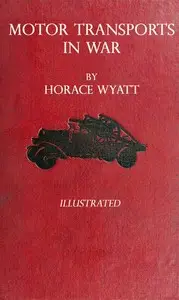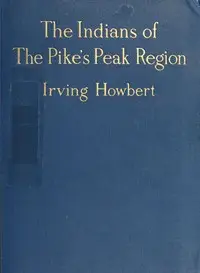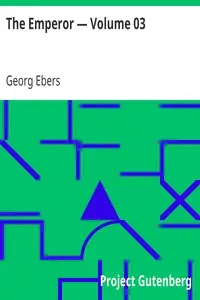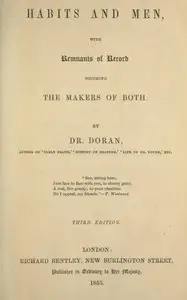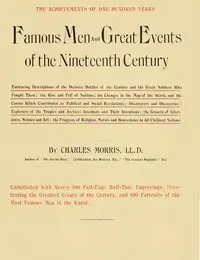"Tanks in the Great War, 1914-1918" by J. F. C. Fuller is a historical exploration of the tank's emergence and impact during World War I. The book examines the British Tank Corps, its pioneering efforts, and the transformative effect of tanks on military strategies. It begins with Fuller’s acknowledgment of the innovators, workers, and soldiers instrumental in bringing the tank to life during the conflict. Fuller recounts his early experiences with tanks, beginning in August 1916, before becoming deeply involved with the Tank Corps. Highlighting the obstacles and victories encountered in developing and integrating tanks into warfare, the narrative unfolds to blend thorough technical analysis with personal experiences, emphasizing the tank's revolutionary role in military history.
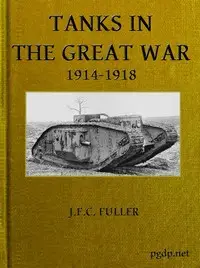
Tanks in the Great War, 1914-1918
By J. F. C. (John Frederick Charles) Fuller
Witness the birth of a metal behemoth as it crawls onto the battlefield, forever changing the landscape of war.
Summary
About the AuthorMajor-General John Frederick Charles "Boney" Fuller was a senior British Army officer, military historian, and strategist, known as an early theorist of modern armoured warfare, including categorising principles of warfare. With 45 books and many articles, he was a highly prolific author whose ideas reached army officers and the interested public. He explored the business of fighting, in terms of the relationship between warfare and social, political, and economic factors in the civilian sector. Fuller emphasised the potential of new weapons, especially tanks and aircraft, to stun a surprised enemy psychologically.
Major-General John Frederick Charles "Boney" Fuller was a senior British Army officer, military historian, and strategist, known as an early theorist of modern armoured warfare, including categorising principles of warfare. With 45 books and many articles, he was a highly prolific author whose ideas reached army officers and the interested public. He explored the business of fighting, in terms of the relationship between warfare and social, political, and economic factors in the civilian sector. Fuller emphasised the potential of new weapons, especially tanks and aircraft, to stun a surprised enemy psychologically.

